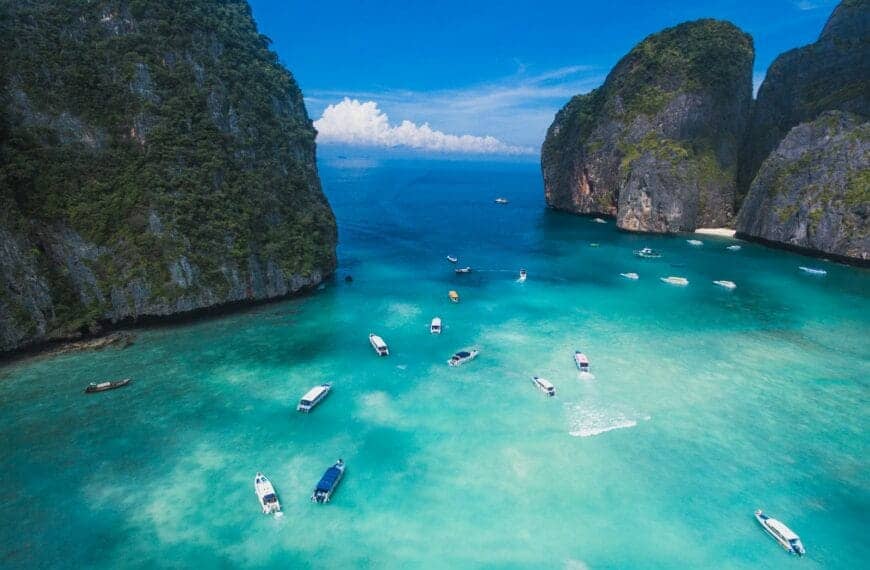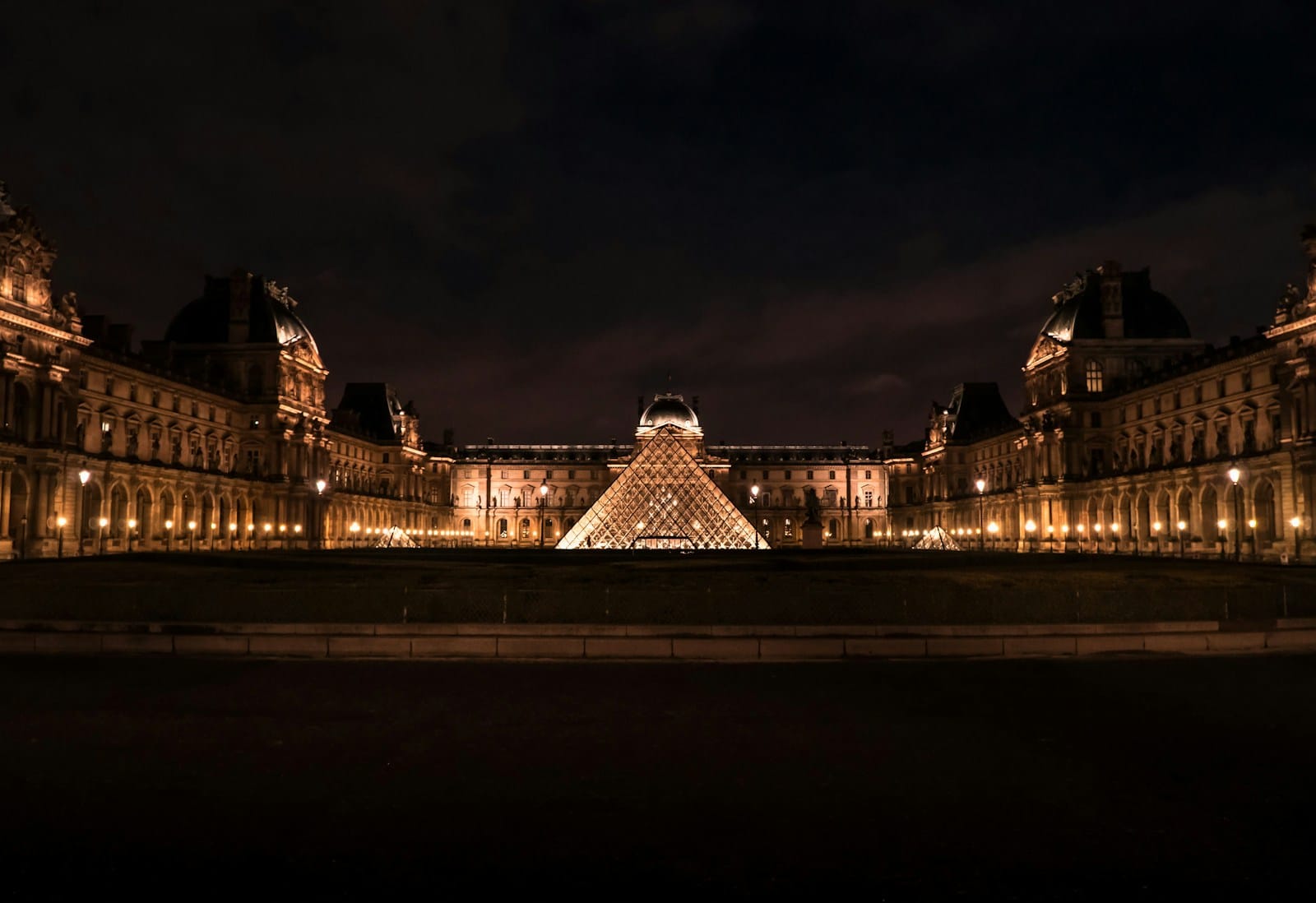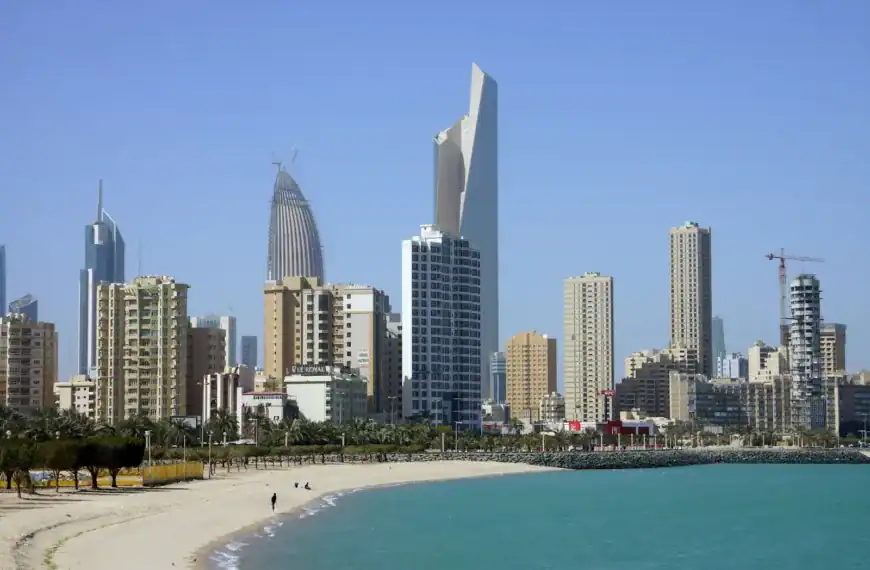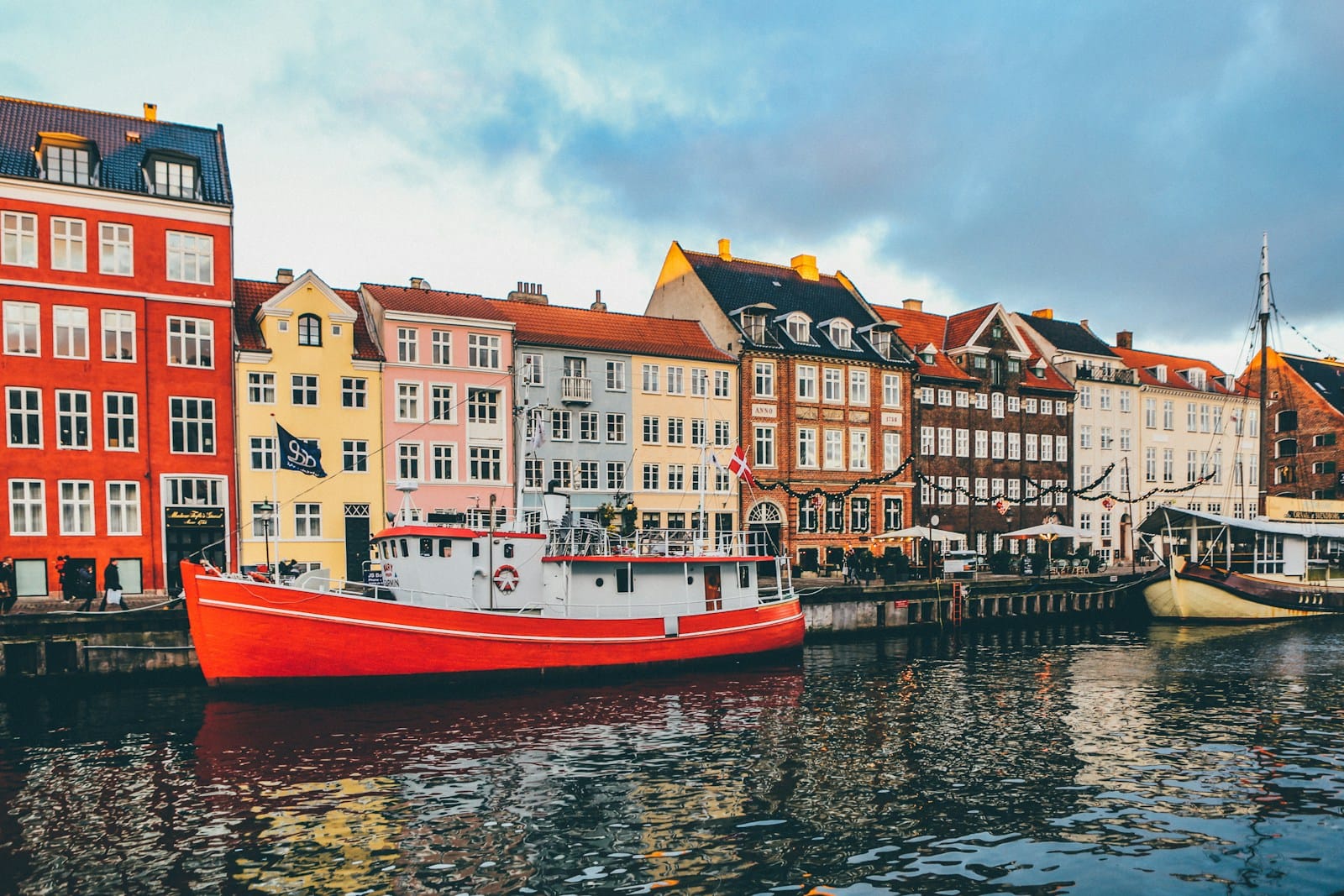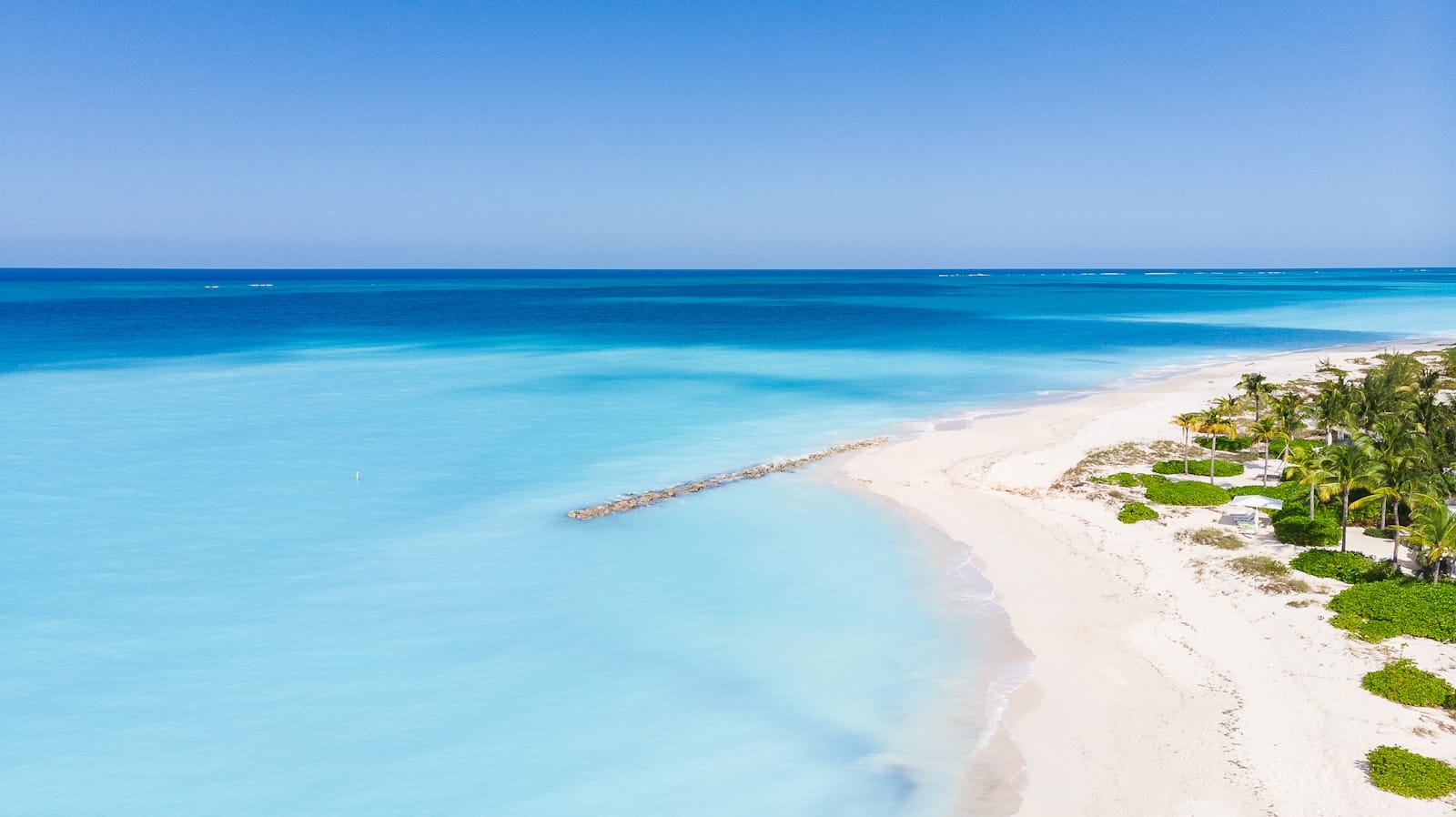Louisiana Travel Guide: Music, Mystique & River Culture
Intro to Louisiana Travel Guide
Where the Mississippi River meets Cajun country, and jazz floats through moss-draped streets — Louisiana is a world apart. From French Quarter revelry to bayou boat rides, this Southern gem invites you to eat boldly, dance freely, and explore landscapes steeped in history and soul.
Start your journey with our Louisiana Travel Guide and uncover all the rhythm, flavor, and heritage that make this state unforgettable.
💡Quick Facts:
Destination: Louisiana
Continent: North America
Country: United States
State: Louisiana
Area: 135,659 km² (52,378 mi²)
Population: ~4.6 million
Density: ~34 people/km²
Capital: Baton Rouge
Regions/Subregions: Greater New Orleans, Acadiana, Cajun Country, North Louisiana, Central Louisiana, River Parishes
Official & Regional Languages: English (official); French and Louisiana Creole spoken in select communities
Currency: U.S. Dollar (USD)
Time Zone(s): Central Time (CT)
Airports: MSY, BTR, LFT, SHV, AEX
Climate: Humid subtropical – hot summers, mild winters, heavy summer rainfall
Known For: New Orleans, Mardi Gras, Creole & Cajun cuisine, live jazz, bayous and swamps, plantation history
🛂Arrival Info:
– Domestic travel from U.S. states requires no border formalities
– International visitors enter via major airports like MSY (New Orleans)
– U.S. entry rules apply: ESTA for visa-exempt countries, B1/B2 visa otherwise
– Max tourist stay: 90 days under Visa Waiver Program, 6 months with visa
– ESTA Application
💉Health Info:
– No vaccines required for entry
– Recommended: routine immunizations, Hepatitis A for adventurous eaters
– Healthcare quality is high in New Orleans, Baton Rouge, Lafayette, Shreveport
– Rural bayou areas may have limited access to urgent care – carry insurance
– Be mindful of mosquito-borne illnesses (West Nile, occasional dengue)
✅ Check travel insurance options for travel emergencies, delays, and medical needs abroad — get coverage here
✅ Stay Informed with Official Updates: World Health Organization – International Travel and Health | Travel health updates
🚨Travel Advisory:
– Louisiana is generally safe, with tourist hotspots like New Orleans under extra police watch
– Petty theft and scams occur in busy areas like Bourbon Street and French Quarter
– Natural disasters: hurricanes (Jun–Nov), flooding risks in low-lying parishes
– Check U.S. FEMA for storm alerts
✅ Stay Informed with Official Updates: US Travel Advisory | UK Foreign Travel Advice
📅Holidays:
– Mardi Gras – Tuesday before Ash Wednesday (Feb or Mar) – citywide closures in New Orleans
– French Quarter Festival – April (New Orleans)
– Festival International de Louisiane – April (Lafayette)
– Juneteenth – June 19
– Bayou Country Superfest – May (Baton Rouge or Superdome)
💰Visitor Info:
– Currency: USD; cards widely accepted, cash useful in rural parishes
– ATMs easy to find; tipping customary (15–20% at restaurants, $1–2 for services)
– Hotel taxes are high in New Orleans (up to 16%) – budget accordingly
– Open-container laws vary; New Orleans allows outdoor drinking in plastic cups
– Local markets accept cash, especially in Cajun towns and festivals
Daily Budget Range:
– Budget: $60–100/day (hostels, diners, public transport)
– Mid-range: $120–200/day (B&Bs, Creole dining, guided tours)
– Luxury: $250+/day (boutique hotels, private swamp excursions, jazz events)
✈️Airports:
– Louis Armstrong New Orleans Intl (MSY): Main gateway, 25 mins from French Quarter
– Baton Rouge Metropolitan (BTR): Capital city hub
– Lafayette Regional (LFT): Gateway to Cajun Country
– Shreveport Regional (SHV): Northern Louisiana access
– Alexandria International (AEX): Central Louisiana, smaller airport
All airports offer rental cars, rideshare, and shuttles
✅ Delayed or canceled flight? Check if you’re eligible for compensation
🚍Transport:
– Streetcars in New Orleans: $1.25/trip or $3 day pass
– Intercity options: Greyhound, Amtrak (City of New Orleans route)
– Driving is essential outside metro areas; rentals available at all airports
– Uber and Lyft widely available in major cities
– Caution: flooding and hurricanes may cause temporary road closures
✅ Book reliable airport transfers and in-city rides in advance. Reserve your ride here
📶Connectivity:
– Major carriers: AT&T, Verizon, T-Mobile – strong signal in cities
– Rural areas and swamps may have weak reception
– Free Wi-Fi in most hotels, cafes, and airports
– Airalo and local eSIMs work well statewide
✅ Stay connected abroad with affordable eSIM data packs. Get your eSIM here
📜Laws & Etiquette:
– Legal drinking age: 21; open containers allowed in New Orleans (plastic only)
– Gambling legal in casinos and riverboats
– LGBTQ+ friendly in New Orleans and Baton Rouge; more conservative elsewhere
– Creole and Cajun cultures are distinct – be respectful when engaging locals
– Tipping is expected; jazz performances often include tip buckets
– Southern hospitality is real – greet with “sir” and “ma’am” where appropriate
🛡️Emergency Info:
– Emergency: 911 (nationwide)
– Tourist Police operate in New Orleans French Quarter
– U.S. Embassies located in other cities – contact your nearest consulate if needed
– For hurricanes or emergencies: Louisiana GOHSEP
✅ Use embassy locator tools: Embassies Worldwide
🌦️Weather:
– Spring (Mar–May): Warm and ideal for festivals
– Summer (Jun–Sep): Hot, humid, hurricane risk increases late summer
– Fall (Oct–Nov): Pleasant temps, fewer crowds, drier
– Winter (Dec–Feb): Mild, brief cold spells possible; Mardi Gras season starts
– Rain is frequent year-round – bring umbrella or raincoat
– Best time to visit: Spring (March–April) and Fall (October)
✅ Stay prepared—check the weather forecast for your destination — Weather Forecast
Louisiana Cities & Major Destinations
From music-fueled cities to historic river towns, Louisiana’s destinations span culture, cuisine, and natural wonder.
New Orleans
The soul of the state and birthplace of jazz. Wander the French Quarter, cruise the Mississippi, and savor Creole dishes in a city where every street corner has a soundtrack.
Baton Rouge
The state capital blends old Southern charm with student-driven energy. Visit the Old State Capitol, explore plantation history, and enjoy the vibrant culinary scene.
Lafayette
Heart of Cajun Country and a hub of zydeco music, boudin sausage, and swamp tours. A fantastic base for exploring the Acadian heritage of South Louisiana.
Lake Charles
Near the Texas border, Lake Charles offers casinos, birding trails, Creole nature reserves, and Mardi Gras museums — all with fewer crowds.
Shreveport-Bossier City
Located in North Louisiana, this twin city area offers riverfront casinos, live blues venues, and quirky roadside attractions like the Louisiana State Exhibit Museum.
Natchitoches
Louisiana’s oldest city, known for its French colonial architecture, historic downtown along Cane River Lake, and the famed Festival of Lights in December.
Monroe & West Monroe
Inland towns known for their antique shops, craft breweries, and the Duck Commander headquarters of TV fame.
Slidell & Covington (Northshore)
Across Lake Pontchartrain from New Orleans, these towns offer a quieter escape with riverside cafes, swamp trails, and local art galleries.
Houma & Thibodaux
Bayou towns rich in Cajun traditions, where fishing, boat tours, and French-speaking locals offer a glimpse of life along the water.
How to Choose Where to Go in Louisiana
Each region of Louisiana offers a distinct flavor — from urban energy to remote wetlands. Here’s how to pick based on your travel style.
For music & nightlife: Choose New Orleans for jazz, brass bands, and round-the-clock celebration. Frenchmen Street and Bourbon Street bring nonstop rhythm.
For Cajun culture: Head to Lafayette, Houma, or Thibodaux. These towns serve up traditional music, spicy food, and bayou boat rides led by locals.
For nature lovers: Explore Atchafalaya Basin, Lake Martin, or Black Bayou Lake for kayaking, birdwatching, and alligator sightings.
For history buffs: Tour plantation homes near Baton Rouge, Civil War sites in Shreveport, and French colonial streets in Natchitoches.
For families: Try Lake Charles, Monroe, or Slidell — cities with zoos, aquariums, and hands-on museums without New Orleans’ crowds.
For foodies: Honestly, anywhere. But New Orleans, Lafayette, and Baton Rouge have the broadest mix of Creole, Cajun, soul food, and global fusion.
Natural Escapes & Scenic Highlights
Louisiana’s swamps, rivers, and lakes hold more than beauty — they tell the story of this state’s ecological and cultural lifeblood.
Atchafalaya Basin
The largest river swamp in the U.S., filled with cypress knees, Spanish moss, and slow-moving water. Take a flat-bottom boat tour for gator spotting and local lore.
Lake Martin & Cypress Island Preserve
A birding paradise near Breaux Bridge. Great egrets, roseate spoonbills, and even bald eagles nest here. Best visited in spring for nesting season.
Cane River Creole National Historical Park
Outside Natchitoches, this park preserves Creole plantation history with trails and live oak-lined landscapes.
Toledo Bend Reservoir
On the Texas border, this massive lake is ideal for fishing, boating, and cabin getaways. It’s one of the South’s top freshwater fishing spots.
Jean Lafitte National Historical Park & Preserve
Named after the infamous pirate, this collection of sites includes swamp walks, historic battlegrounds, and bayou boat tours near New Orleans.
Chicot State Park
Located near Ville Platte, it offers hardwood forests, wildflower fields, and fishing piers around a scenic lake. Perfect for camping and families.
Kisatchie National Forest
The state’s only national forest, with piney hills, sandstone bluffs, and wildflower meadows. Excellent for hiking and fall foliage drives in North Louisiana.
Fontainebleau State Park
On Lake Pontchartrain’s north shore, this park features lakefront trails, sandy beaches, and ruins of a historic sugar mill.
Grand Isle
Louisiana’s only inhabited barrier island. Known for fishing, birding, and views of the Gulf. It’s recovering from hurricane damage but still a beloved escape.
Cultural & Historic Landmarks
Louisiana’s soul is shaped by its layered history — French, Spanish, African, Caribbean, and Native American influences all converge here.
The French Quarter (New Orleans)
Cobblestone streets, gas lamps, and wrought-iron balconies. Highlights include Jackson Square, Preservation Hall, and the historic St. Louis Cathedral.
Laura & Whitney Plantations
Two very different plantation experiences. Laura focuses on Creole family life and enslaved peoples’ stories; Whitney offers a profound and unflinching view of slavery in America.
Vermilionville Historic Village (Lafayette)
A living museum preserving Acadian, Creole, and Native American culture through costumed interpreters, crafts, and dance halls.
Oak Alley Plantation
Near Vacherie, it’s famed for its 300-year-old oak canopy. Though touristy, it’s visually stunning and rich in historic interpretation.
Old State Capitol (Baton Rouge)
This gothic revival castle-like building hosts exhibits and dramatic architecture with riverfront views.
Fort St. Jean Baptiste (Natchitoches)
A reconstruction of a French colonial outpost with costumed reenactors and historical exhibits.
Historic Congo Square
In New Orleans’ Tremé neighborhood, this is where enslaved Africans once gathered to drum, dance, and preserve culture. It remains a symbol of resilience and rhythm.
The Louisiana State Museum (New Orleans & Baton Rouge)
A collection of six museums covering everything from jazz history and Mardi Gras costumes to hurricanes and politics.
E.D. White Historic Site
Preserves the home of two prominent Louisiana political figures — father and son — in a rural Bayou Lafourche setting.
Downtown Alexandria Historic District
This underrated area features preserved architecture, riverfront trails, and museums focused on Civil War and local history.
Local Food, Arts & Experiences
Louisiana’s cuisine is one of the most distinct in America — born from centuries of blending French, African, Spanish, Caribbean, and Native American flavors. Add in its legendary arts scene, and every meal becomes a cultural immersion.
Cajun vs. Creole Cuisine
Cajun food, rooted in French Acadian settlers, is rustic, spicy, and often cooked in one pot — think boudin, jambalaya, and crawfish étouffée. Creole cuisine, born in urban New Orleans, is more refined and tomato-forward — with dishes like shrimp creole, gumbo, and oysters Rockefeller.
Po’boys & Muffulettas
The iconic po’boy — a crispy baguette stuffed with fried seafood or roast beef — is a must. Try it at Parkway Bakery in New Orleans. Muffulettas, stacked with meats, cheese, and olive salad, are best from Central Grocery.
Crawfish Boils
Spring means one thing in Louisiana: crawfish season. Join a backyard boil or visit spots like Crawfish Town USA in Breaux Bridge for a spicy feast.
Sweet Treats
Beignets dusted in powdered sugar at Café du Monde are iconic, but don’t miss king cake during Carnival season or pralines from New Orleans’ French Market.
Local Markets & Food Trails
Explore the Cajun Boudin Trail through Lafayette and Scott, or visit farmers markets in Baton Rouge and Shreveport for seasonal flavors and live zydeco bands.
Festivals
Louisiana has more festivals per capita than anywhere else. Highlights include:
- Mardi Gras (statewide): Parades, music, masks, and king cake
- Festival International de Louisiane (Lafayette): World music & global culture
- French Quarter Fest (New Orleans): Free local music on riverside stages
- Cochon de Lait Festival (Mansura): Whole hog roast and heritage celebration
- Red River Revel (Shreveport): Arts, food, and music on the riverfront
Arts & Crafts
Visit New Orleans’ Arts District, Lafayette’s Acadiana Center for the Arts, or the Northshore’s Trailhead art markets. Look for hand-carved duck decoys, Mardi Gras masks, or Spanish moss baskets.
Cooking & Dance Classes
Take a Cajun cooking workshop in Breaux Bridge or a zydeco dance lesson in Opelousas. Many tours combine food, language, and rhythm for a full cultural dive.
Discover top-rated Louisiana tours and experiences, and explore the best things to do in Louisiana — from food walks and tram rides to palace day trips and sunset cruises. Book early for exclusive access and flexible cancellation.
Must-See Experiences in Louisiana
Here are seven unforgettable experiences that define a visit to the Pelican State.
Ride a steamboat on the Mississippi River
Step aboard the Natchez for live jazz and views of New Orleans from the water.
Dance to live zydeco in a Cajun dancehall
Lafayette’s Blue Moon Saloon or Vermilionville’s Saturday nights deliver foot-stomping, accordion-filled energy.
Take a swamp tour at sunset
Explore the misty bayous of Honey Island or Atchafalaya Basin and see alligators, herons, and eerie cypress groves.
Celebrate Mardi Gras like a local
Beyond New Orleans, experience family-friendly parades in Lafayette or rural Cajun courir de Mardi Gras with costumed riders and chicken chasing.
Walk the haunted streets of the French Quarter
Join a ghost tour through alleyways where folklore and fact blur beneath wrought-iron balconies and gas lamps.
Eat a crawfish boil with your hands
Nothing says “local” like elbow-deep crawfish, corn, and potatoes, cooked in a spicy boil and shared with strangers.
Tour the Whitney Plantation
An unflinching and essential look at slavery in America, with exhibits focused on enslaved peoples’ lives and legacies.
Getting Around Louisiana
How to navigate this rich and watery land depends on your route — here’s what you need to know.
By Car
A rental car is ideal, especially if exploring bayous, small towns, or state parks. I-10 spans the state east to west, while US-90 and the Great River Road offer scenic alternatives.
By Air
Louisiana’s main airports are:
- Louis Armstrong New Orleans International (MSY)
- Baton Rouge Metropolitan (BTR)
- Lafayette Regional (LFT)
- Shreveport Regional (SHV)
By Bus or Train
Greyhound and Megabus serve major cities. Amtrak’s Crescent line connects New Orleans to Atlanta and New York, while the Sunset Limited runs west toward Houston and L.A.
By Boat
In select areas like New Orleans and the Atchafalaya, paddle tours, ferries, and river cruises are available. The Algiers Ferry (New Orleans) gives sweeping views of the city skyline.
Local Transport
New Orleans has streetcars and decent public transit. Outside the city, rideshare is limited — plan ahead or opt for local taxi companies in mid-sized towns.
Best Time to Visit Louisiana
Each season brings its own rhythm, flavors, and festivals — here’s how to time your trip.
- Spring (February–May)
Mild weather and peak festival season. Mardi Gras, crawfish boils, and azaleas bloom across the state. Book early — it’s the most popular time to visit. - Summer (June–August)
Hot and humid, with afternoon thunderstorms common. Best for indoor museums, music, and slow-paced travel. Crowds thin out, but heat is intense. - Fall (September–November)
Ideal for cultural exploration and outdoor adventures. Harvest festivals, early cool fronts, and beautiful bayou sunsets await. Swamp tours and wildlife viewing peak. - Winter (December–January)
Cool and festive — enjoy New Orleans light shows, Natchitoches’ Christmas Festival, and quiet travel deals. Coastal towns remain mild and atmospheric.
Best Travel Itineraries in Louisiana
Here are a few curated itineraries based on your interests and timeframe.
Classic 5-Day Cultural Loop
New Orleans → Baton Rouge → Lafayette
Jazz, Creole history, swamp tours, and Cajun food — all in one circuit.
7-Day Off-the-Beaten-Path
Shreveport → Natchitoches → Alexandria → Ville Platte → Lake Charles
Dive into historic towns, northern pine forests, Creole culture, and Gulf views.
3-Day Romantic Escape
Natchitoches → Cane River → Alexandria
Stroll historic streets, stay in riverfront B&Bs, and dine in candlelit courtyards.
Bayou Explorer (6 Days)
Houma → Thibodaux → Breaux Bridge → Lake Martin
Swamp rides, Cajun dancehalls, birding, and authentic bayou flavor.
Festival Trail (7–10 Days)
Plan around Mardi Gras (Feb–March), Festival International (April), or the Louisiana Seafood Festival (September). Map your route by event and season.
Travel Safety & Etiquette in Louisiana
Traveling here is joyful and welcoming, but a few local norms and tips will help you blend in and stay safe.
- Pack bug spray for swampy areas and marsh walks — mosquitoes are year-round in some regions.
- Check hurricane forecasts between June and November, especially along the Gulf Coast.
- Respect cultural traditions during festivals and in small towns — ask before photographing locals in costume.
- Don’t assume all locals speak French, but in Cajun regions, you might hear Louisiana Creole or French used casually.
- Be mindful of flood-prone roads after storms — check local alerts and avoid low-lying bayou roads.
- Avoid over-partying in tourist zones. New Orleans is fun, but alcohol laws and public behavior are still enforced.
- Tip generously — especially during festivals or live music events. Musicians often rely on cash tips.
Nearby States to Explore
Expand your trip with these neighboring states that offer exciting contrast and easy access:
- Texas Road Trips
Drive west to explore Houston, Austin, and the Gulf Coast — or continue into Big Bend for desert hiking and frontier vibes. - Mississippi Getaways
Visit historic Natchez or the bluesy towns of Clarksdale and Oxford. A slower pace and deep Southern culture make it a great extension. - Arkansas Trails
Head north to explore Hot Springs National Park, the Ozarks, or Crystal Bridges Museum. Great for hiking and small-town charm. - Alabama Discoveries
Cross east for Gulf Shores beaches, Mobile’s Mardi Gras, and civil rights history in Montgomery and Selma.
Final Planning Checklist for Louisiana
- Book plantation tours, cooking classes, and swamp excursions at least 1–2 weeks ahead
- Pack a light rain jacket and walking shoes for unpredictable Gulf weather
- Travel with cash for tips, small-town shops, and roadside eats
- Use mosquito repellent and wear long sleeves when near bayous or swamps
- Download offline maps when driving backroads — rural signal is unreliable
- Try at least one live music event or dancehall night — it’s part of the soul
- Time your visit to avoid hurricane season peaks (Aug–Oct)
- Combine cities and nature — Louisiana rewards slow, immersive travel
For more expert travel tips, practical strategies, and trusted tools — visit our Homepage and get inspired for your next trip.


